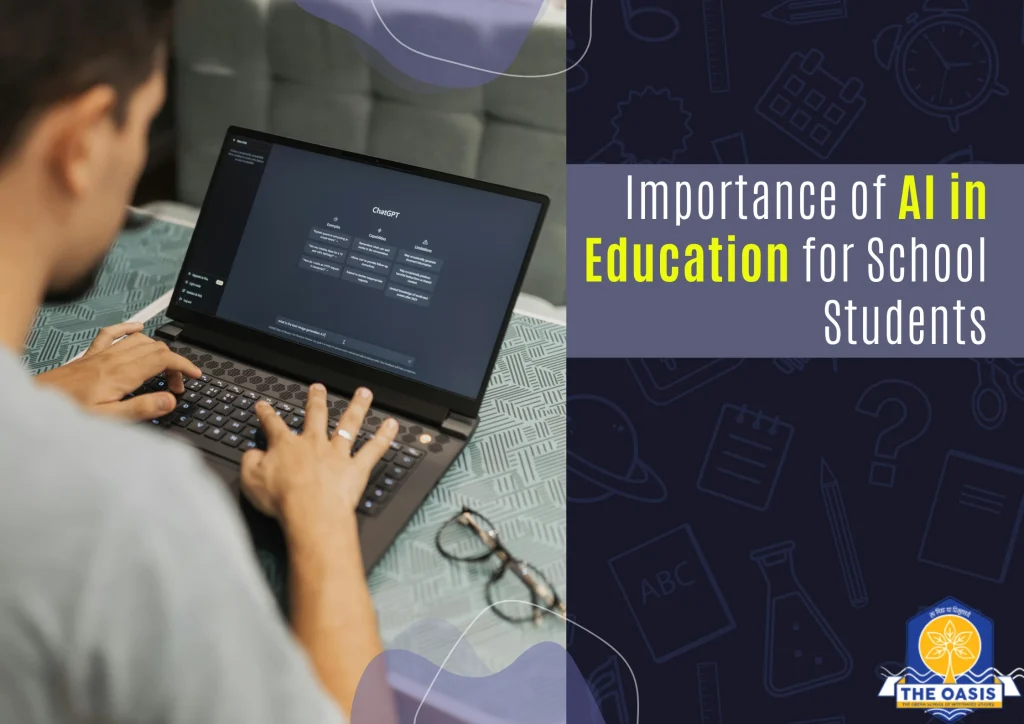
Imagine a classroom where every student receives personalized guidance, instant feedback, and interactive lessons tailored to their learning style, all powered by artificial intelligence.
This is no longer a futuristic dream. It’s happening now. The importance of AI in education is growing rapidly, especially for school students who are adapting to a digital-first learning environment. AI is not just enhancing how students learn, it’s transforming the entire educational experience.
What is AI in Education?

Artificial Intelligence (AI) in education refers to smart technologies that analyze data, adapt to student needs, and automate tasks to improve learning outcomes. Unlike traditional teaching methods, AI tools can personalize content, track progress, and offer real-time support, making learning more efficient and engaging.
ALSO CHECK OUT: Which is the best boys boarding school in Dehradun?
Importance of AI in Education for School Students:

AI is reshaping how school students learn, interact, and grow academically. Its importance lies in:
- Personalized learning experiences that adapt to each student’s pace.
- Instant feedback that helps students correct mistakes quickly.
- Accessibility for diverse learners, including those with special needs or language barriers.
- Smart content creation, such as adaptive quizzes and interactive lessons.
- Increased engagement through gamified learning and AI tutors.
Benefits of AI in Classrooms:
AI doesn’t just help students, it empowers teachers and schools too. It saves teachers time on grading and administration, encourages collaborative learning, and bridges the digital divide with online tools. Most importantly, it prepares students for future careers in technology and innovation. By integrating AI, classrooms become more dynamic, efficient, and future-ready.
Real-Life Examples of AI in Schools:
Across India and globally, schools are adopting AI in practical ways. AI-powered homework assistants guide students step by step, language learning apps improve pronunciation and comprehension, and adaptive learning platforms used in ICSE, CBSE, and international schools tailor lessons to each student’s level. These examples demonstrate the importance of AI in education, which is already making a significant difference in everyday learning.
Challenges and Considerations:
While AI offers many benefits, challenges must be addressed. Data privacy and student safety are critical concerns. Overreliance on technology can reduce human interaction in the learning process. Teachers need proper training to use AI tools effectively, and infrastructure gaps in rural areas may limit access. A balanced approach ensures that AI complements, not replaces, traditional teaching.
AI as a Partner in Learning:
The importance of AI in education for school students is undeniable. It personalizes learning, improves outcomes, and prepares students for a tech-driven future. As schools embrace digital transformation, AI will continue to play a vital role in shaping smarter, more inclusive classrooms. The key is to use it wisely, supporting students, empowering teachers, and building a better learning experience for all.
Frequently Asked Questions (FAQs)
Ques 1. What is the importance of AI in education?
Ans. AI helps personalize learning, automate tasks, and improve student engagement, making education more efficient and inclusive.
Ques 2. How does AI benefit school students?
Ans. AI provides personalized learning, instant feedback, and adaptive content that supports students at different learning levels.
Ques 3. Can AI help students with learning difficulties?
Ans. Yes, AI tools can adapt to individual needs, offering support for students with disabilities or language barriers.
Ques 4. What are some examples of AI in schools?
Ans. Examples include AI-powered tutoring apps, adaptive learning platforms, and automated grading systems.
Ques 5. Can AI replace teachers?
Ans. No, AI is a supportive tool. Human teachers provide emotional guidance, mentorship, and critical thinking support.
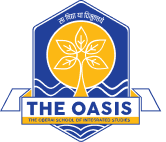
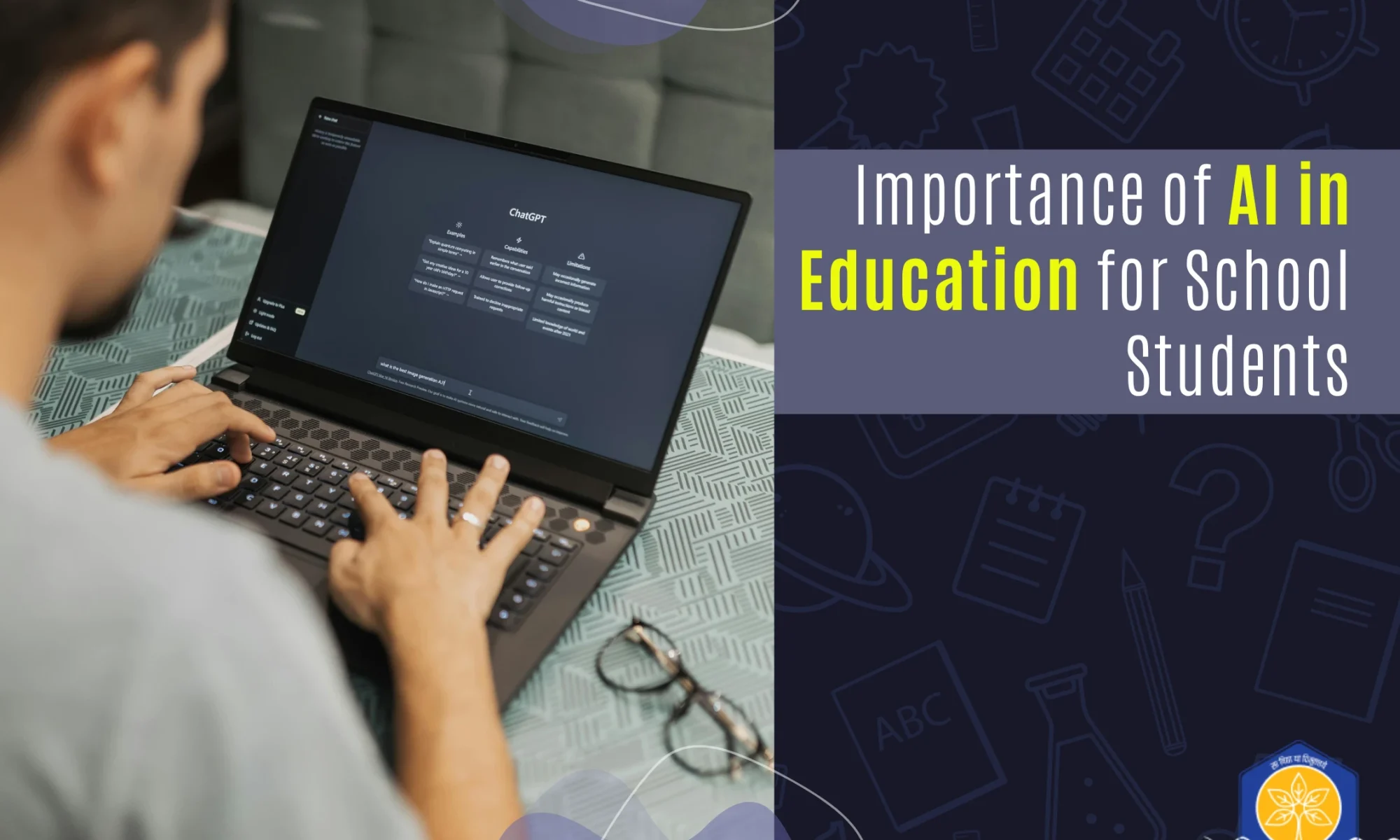



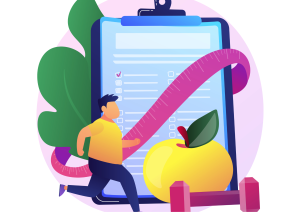


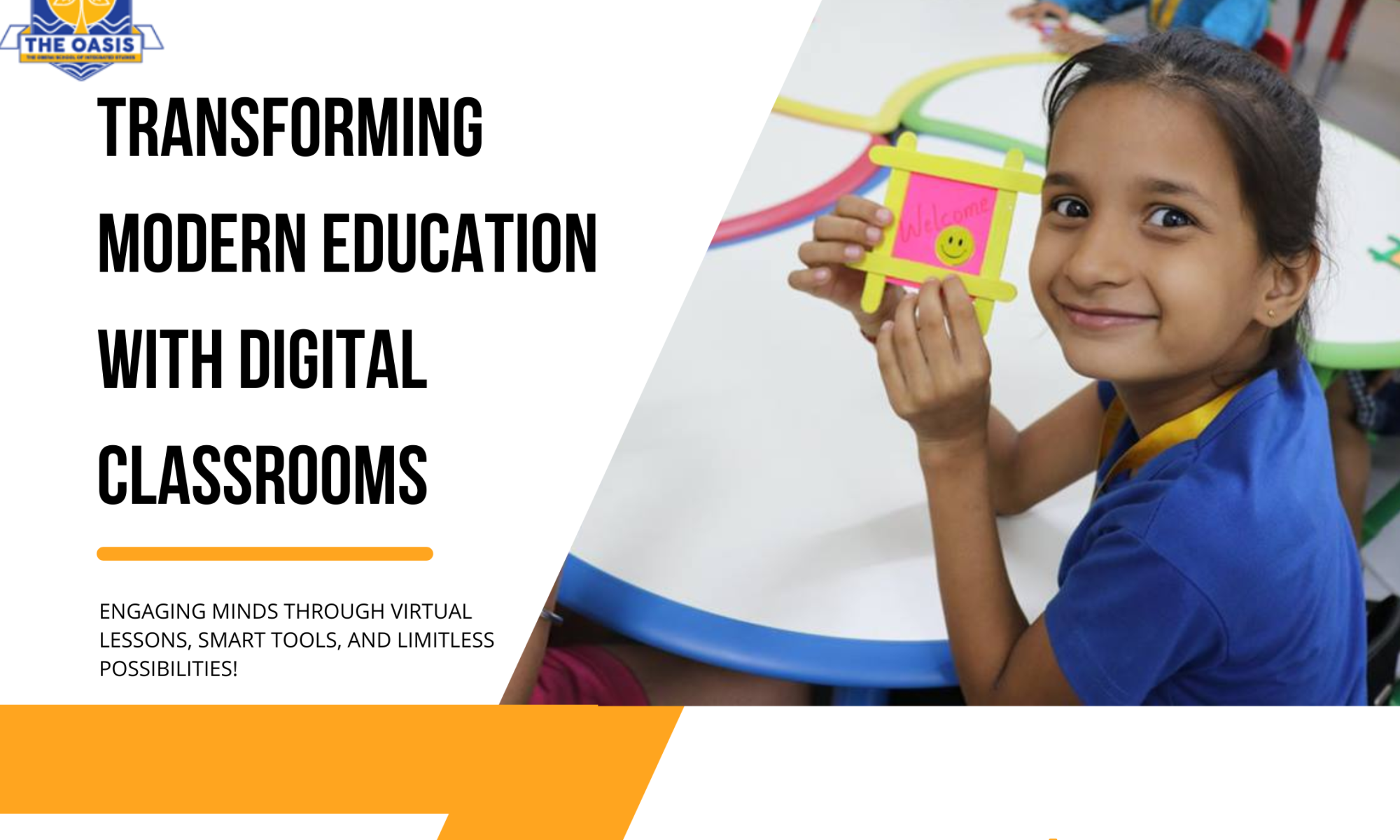
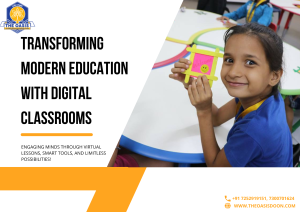

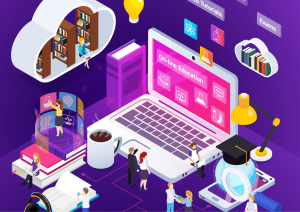
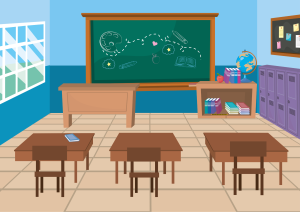
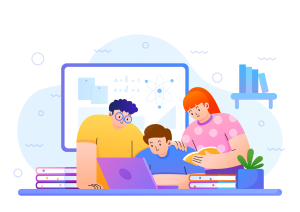
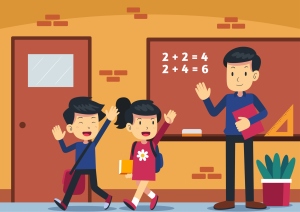
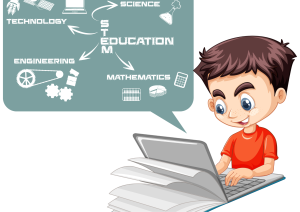
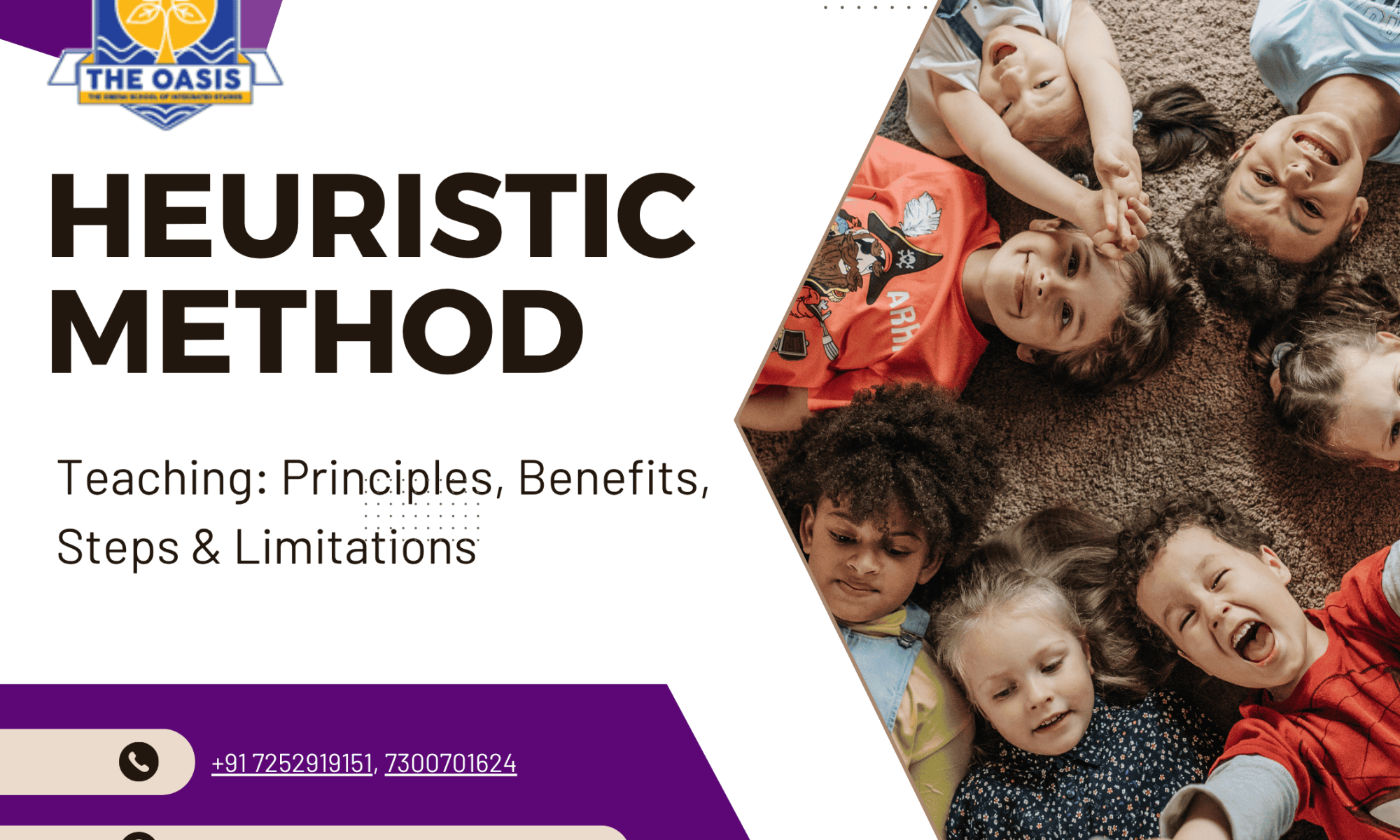

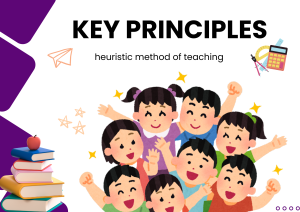
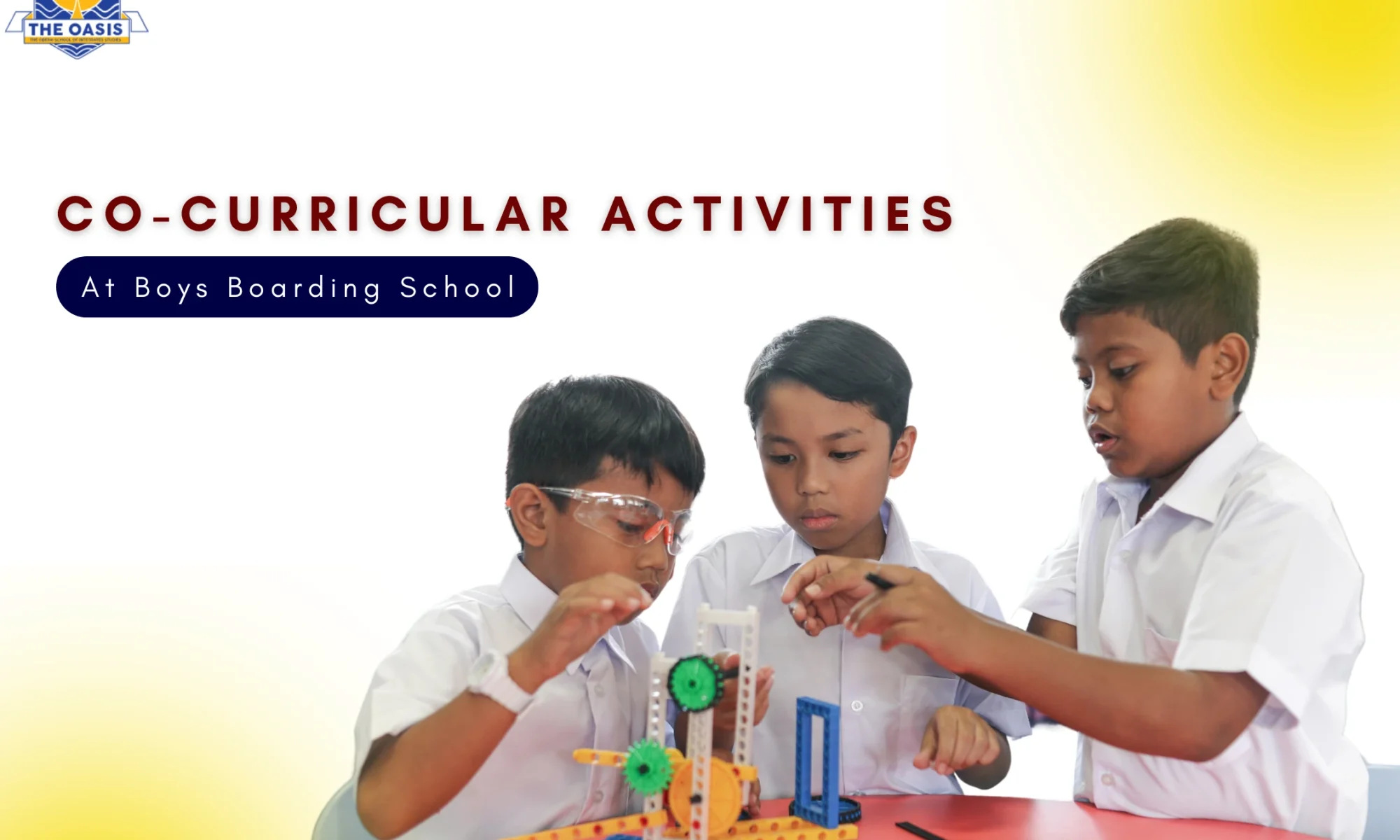
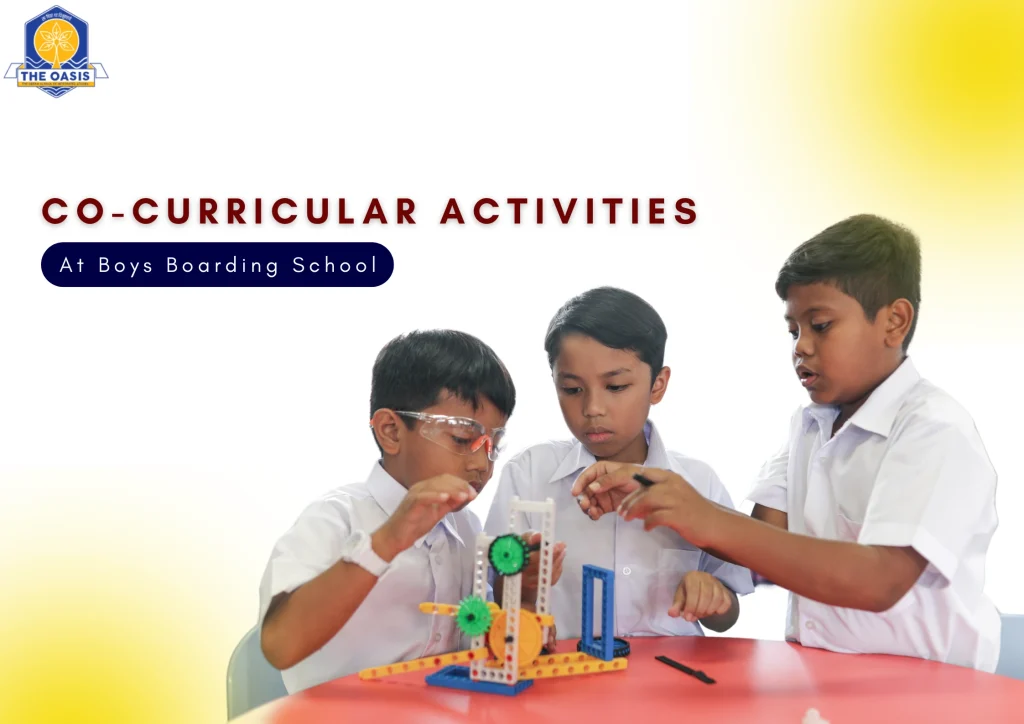

 The Oasis offers an exceptional variety of co curricular activities tailored to the diverse interests and talents of its students. Here are some highlights:
The Oasis offers an exceptional variety of co curricular activities tailored to the diverse interests and talents of its students. Here are some highlights:
 The Oasis boasts state-of-the-art infrastructure seamlessly integrated with its serene natural surroundings. Dormitories are well-equipped to ensure comfort and focus, while recreational areas provide the perfect backdrop for relaxation and creative pursuits.
The Oasis boasts state-of-the-art infrastructure seamlessly integrated with its serene natural surroundings. Dormitories are well-equipped to ensure comfort and focus, while recreational areas provide the perfect backdrop for relaxation and creative pursuits.
 Regular excursions to the Mussoorie hills and nearby attractions offer students a chance to step out of their comfort zones. These trips are designed to blend learning with adventure, fostering adaptability and curiosity.
Regular excursions to the Mussoorie hills and nearby attractions offer students a chance to step out of their comfort zones. These trips are designed to blend learning with adventure, fostering adaptability and curiosity.


